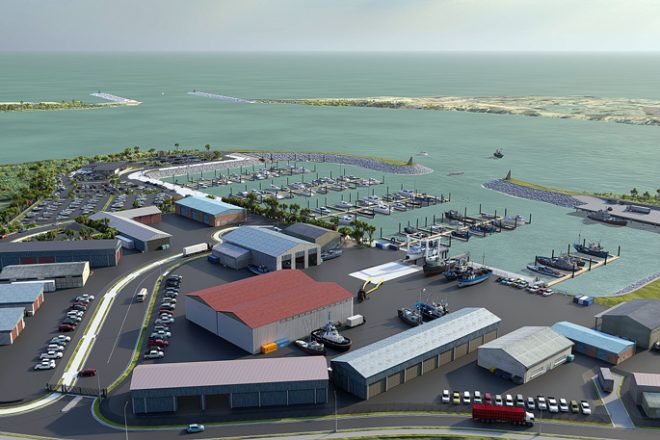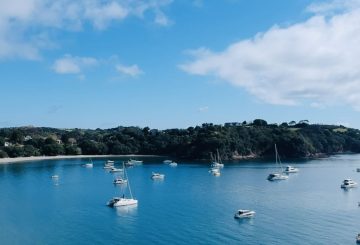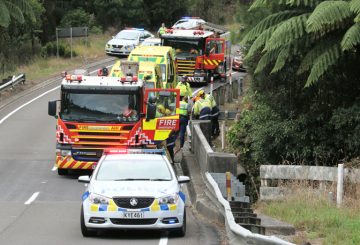베이 오브 플렌티 (Bay of Plenty) 의 오포티키 (Opōtiki) 에 새로운 상업용 정박지를 짓는 개발업체는 내년 봄에 건설이 시작되기를 희망하고 있습니다.오포티키 마리나 및 산업 단지의 개발자인 크리스 피터슨 (Chris Peterson) 은 정부가 새 법률에 따라 패스트트랙 승인을 신청하도록 초청한 약 150개 기관 중 하나임에도 불구하고 현재로서는 이 옵션을 추진할 계획이 없습니다.그는 화카토헤아 및 식스 하푸 (Six Hapūs) 와 2년 넘게 협상을 진행해왔으며, 상당한 진전이 있었다고 믿고 있다.
작년 6월에 베이 오브 플렌티 지역 협의회로부터 마리나 프로젝트 진행 허가를 받았습니다.이는 오포티키 항구 대규모 개발의 일환으로, 오포티키 지구 위원회, 화카토헤아 및 중앙 정부가 지역 양식업에 필요한 인프라를 제공하기 위한 공동 노력의 일환이다.
그러나 마리나 프로젝트는 이 지역에 대한 전통적 권리를 가진 와카토헤아 하푸 응가티 이라 (Whakatōhea hapū Ngati Ira) 에 의해 법정에서 이의를 제기했다.이 사건은 현재 법원 명령 중재 중에 있습니다.피터슨은 화카토헤아의 모든 하푸 그룹과 협력하고 그들의 우려 사항을 경청하기 위해 최선을 다하고 있습니다.
패스트 트랙 승인 법안은 지역적 또는 국가적으로 중요한 인프라 및 개발 프로젝트의 승인을 가속화하고 동의 비용을 줄이는 것을 목표로 합니다.피터슨은 정부의 패스트트랙 동의 대상 단체 명단에 포함되었음에도 불구하고 이위 및 하푸와의 협상에서 이루어진 진전을 고수하기로 결정했습니다.
마리나 프로젝트는 네 단계로 나뉘며, 첫 번째 단계는 완료하는 데 1년도 채 걸리지 않을 것으로 예상됩니다.이를 통해 홍합 보트와 기타 전세 보트를 위한 정박지는 물론 보트 경사로와 보트를 수용할 수 있는 넓은 물 공간이 제공될 것입니다.
지역 사회는 이 프로젝트를 적극 지지하고 있습니다. 전세 보트 및 보트 정비 등 고부가가치 일자리를 마을에 가져다 줄 것이기 때문입니다.피터슨은 모든 문제가 곧 해결되어 봄에 공사를 시작할 수 있을 것이라고 낙관하고 있습니다.






























































